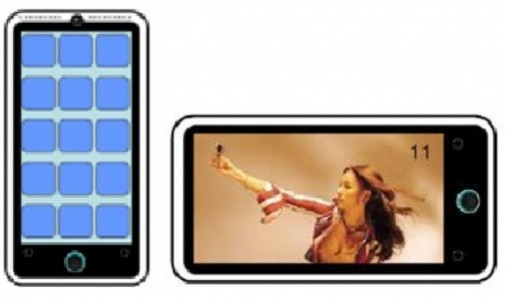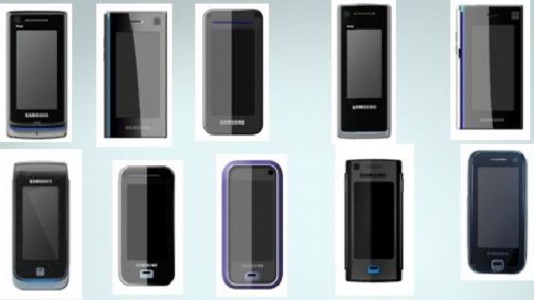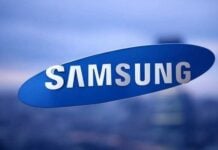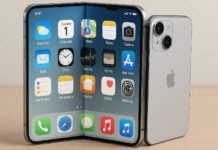Ieri v-am spus ca Apple cere 2.525 miliarde de dolari de la Samsung pentru incalcarea brevetelor de inventie inregistrate pentru iDevice-uri si v-am prezentat doua imagini care sunt utilizate de avocatii Apple pentru a isi sustine argumentele in fata instantelor. La doar o zi distanta de publicarea acelei documentatii iata ca avem si un raspuns din partea companiei Samsung care o acuza pe Apple de ipocrizie si sustine ca inca din anul 2006 avea un concept al unui smartphone care semana foarte bine cu iPhone-ul celor de la Apple.
Privind imaginile putem trage concluzia ca Samsung avea atunci ceva asemanator cu iPhone-ul, insa dispozitive lansate de ei dupa iPhone seamana mult mai bune cu terminalele companiei Apple si nu cu tot ceea ce vede aici. Daca Samsung avea aceste concepte atunci, dar nu le-a brevetat, atunci poate ca unii membri ai echipei de conducere a companiei ar trebui trasi la raspundere si poate pe viitor ei ar trebui sa fie mult ami atenti cu ceea ce dezvolta. Mai jos aveti cateva dintre acuzatiile celor de la Samsung.
Apple seeks to exclude Samsung from the market, based on its complaints that Samsung has used the very same public domain design concepts that Apple borrowed from other competitors, including Sony, to develop the iPhone.
Apple‘s own internal documents show this. In February 2006, before the claimed iPhone design was conceived of, Apple executive Tony Fadell circulated a news article that contained an interview of a Sony designer to Steve Jobs, Jonathan Ive and others. In the article, the Sony designer discussed Sony portable electronic device designs that lacked “excessive ornamentation” such as buttons, fit in the hand, were “square with a screen” and had “corners [which] have been rounded out.
Prior to the iPhone’s announcement in January 2007, Samsung was already developing numerous products and models with the same design features that Apple now claims were copied from the iPhone.
In the summer of 2006, Samsung began designing its next generation of mobile phones, based on the market trend of ever-increasing screen size. At that time, Samsung‘s designers envisioned a basic design: a simple, rounded rectangular body dominated by a display screen with a single physical button on the face … [as] documents confirm, Samsung independently developed the allegedly copied design features months before Apple had even announced the iPhone. It did not switch its design direction because of the iPhone.
Apple relied heavily on Samsung’s technology to enter the telecommunications space”. Samsung supplies the flash memory, main memory, and application processor for the iPhone.
Apple also uses patented Samsung technology that it has not paid for. This includes standards-essential technology required for Apple‘s products to interact with products from other manufacturers, and several device features that Samsung developed for use in its products.
Apple‘s utility patents relate to ancillary features that allow users to perform trivial touch screen functions, even though these technologies were developed and in widespread use well before Apple entered the mobile device market in 2007. Samsung does not infringe any of Apple‘s patents and has located dead-on prior art that invalidates them.
































